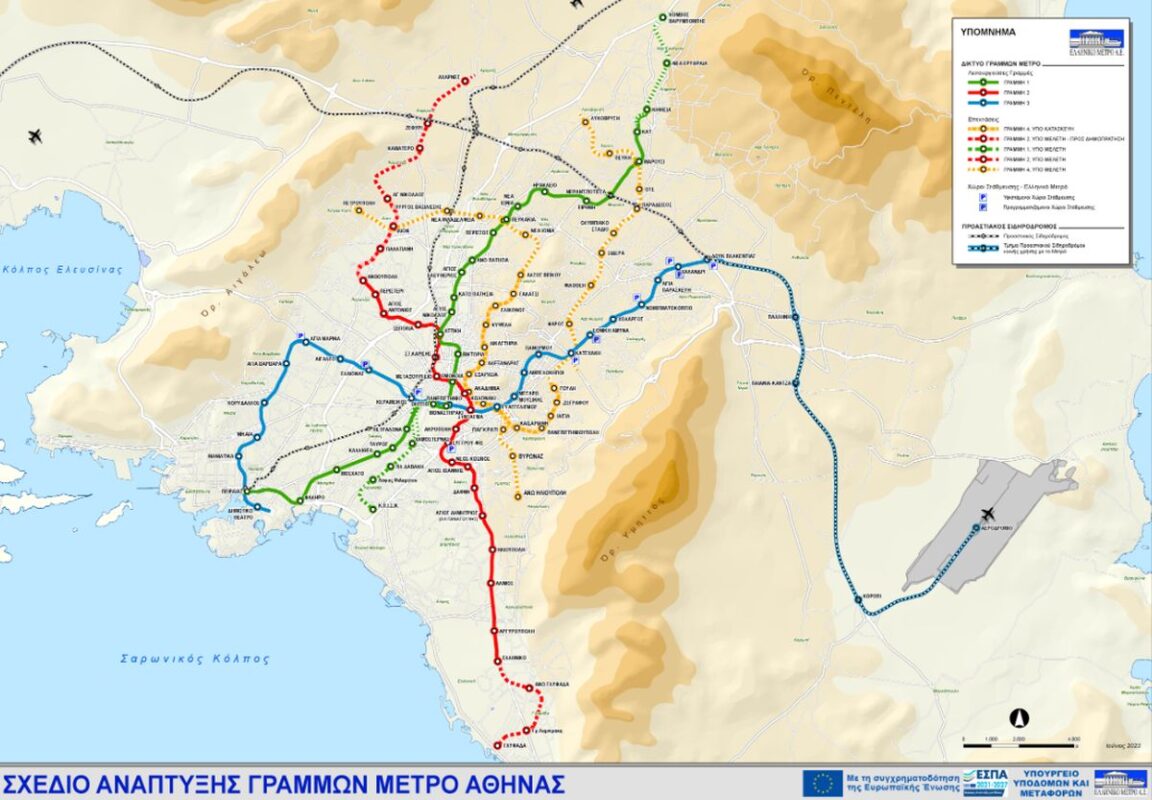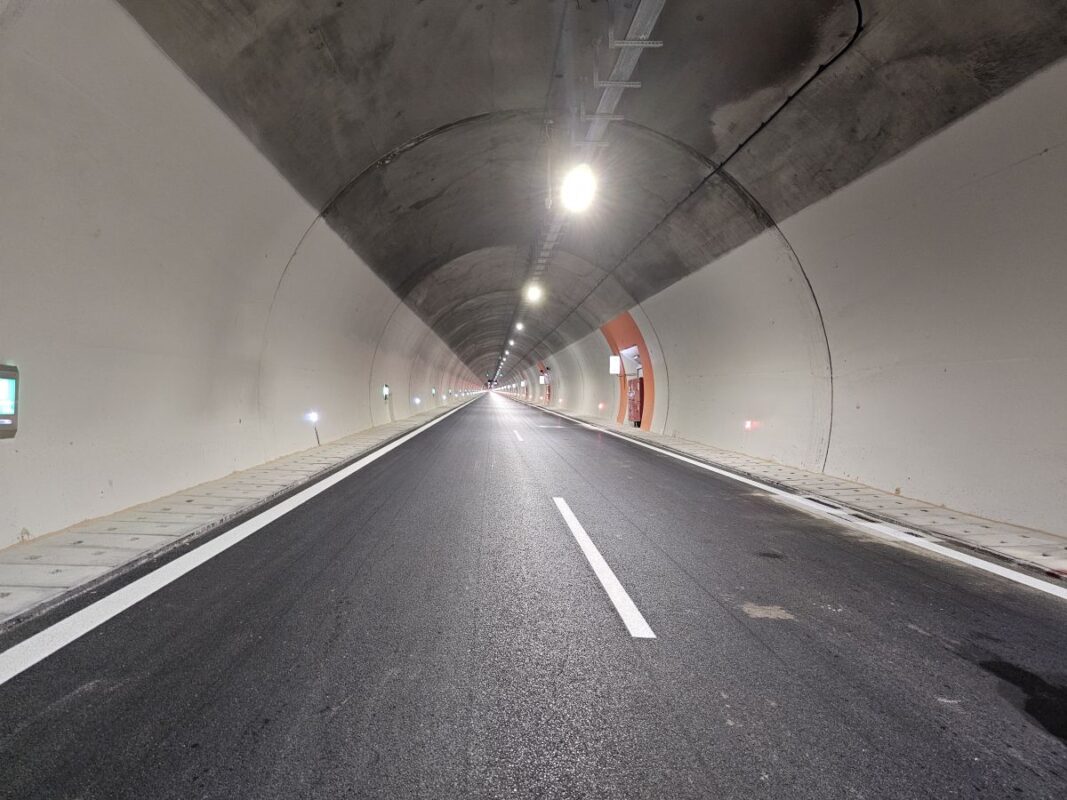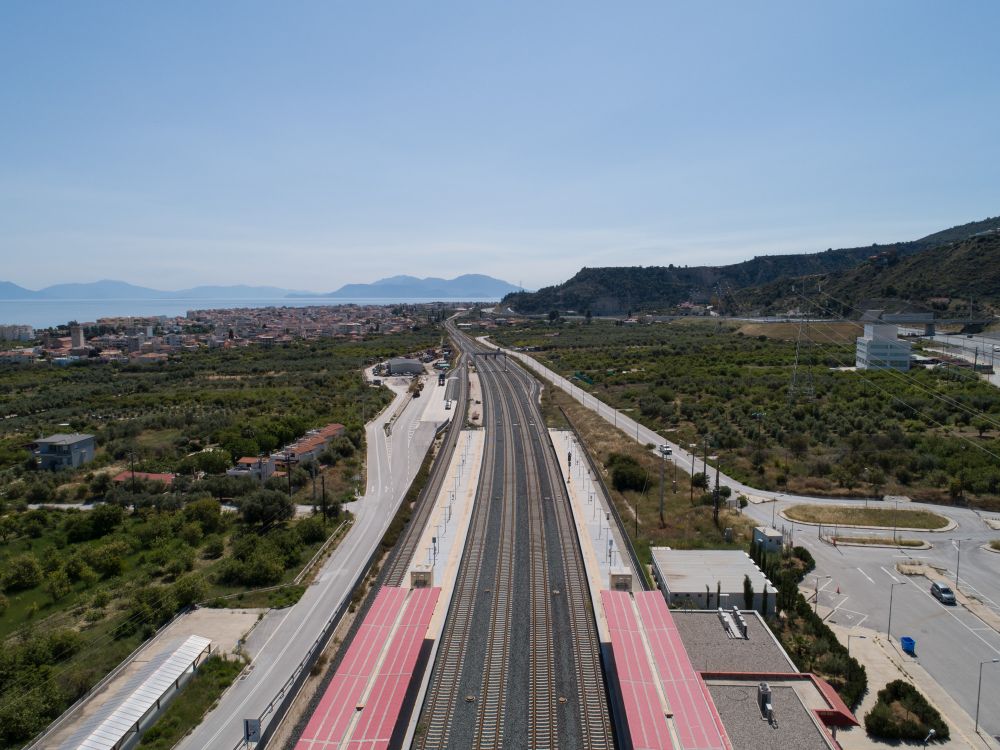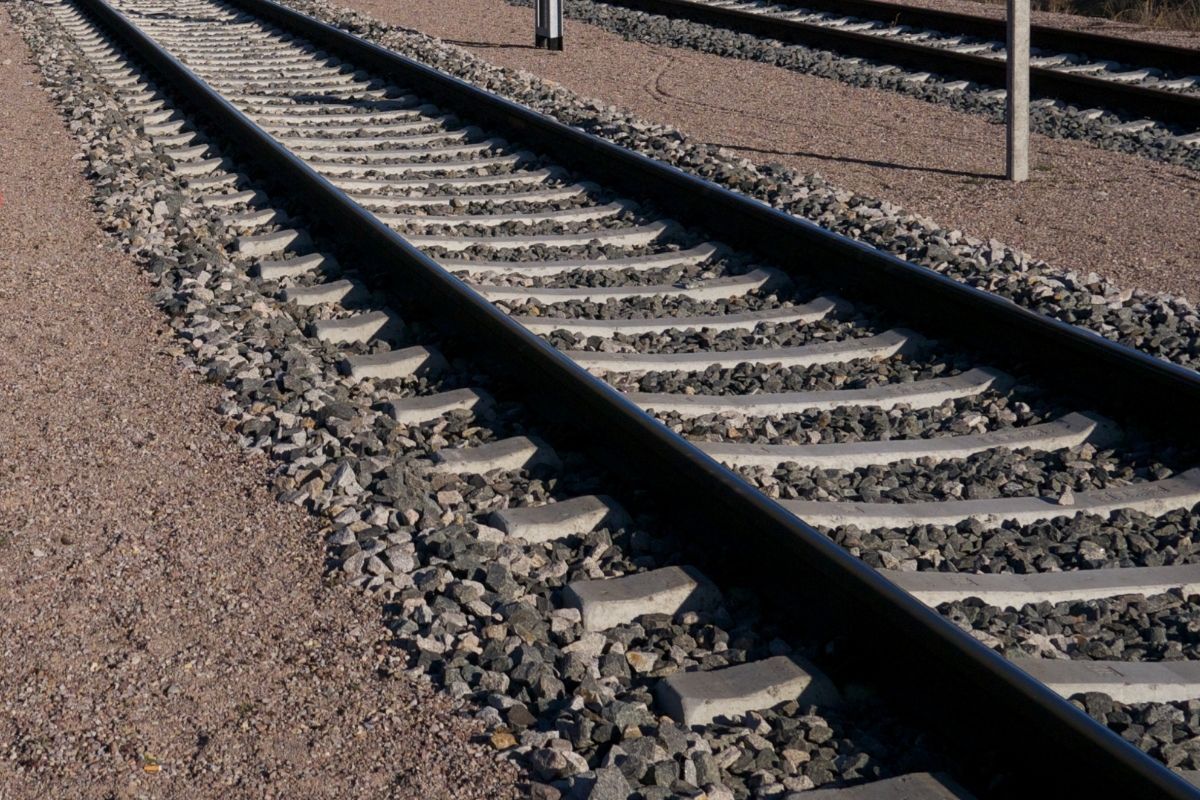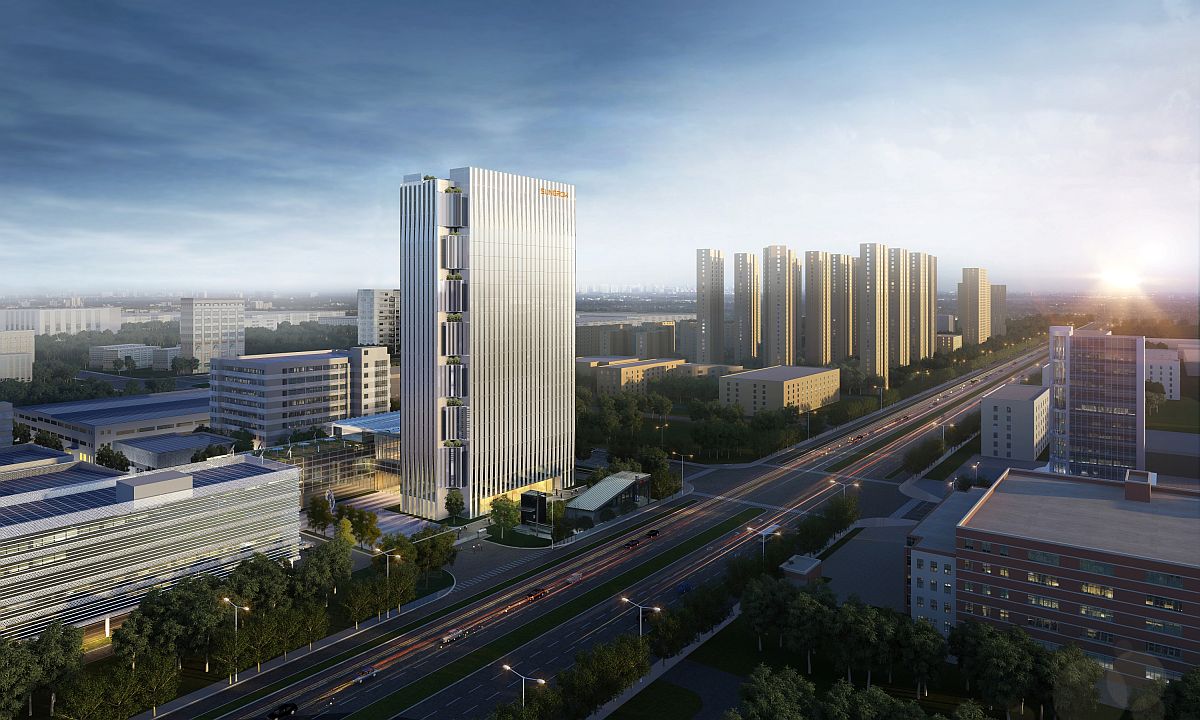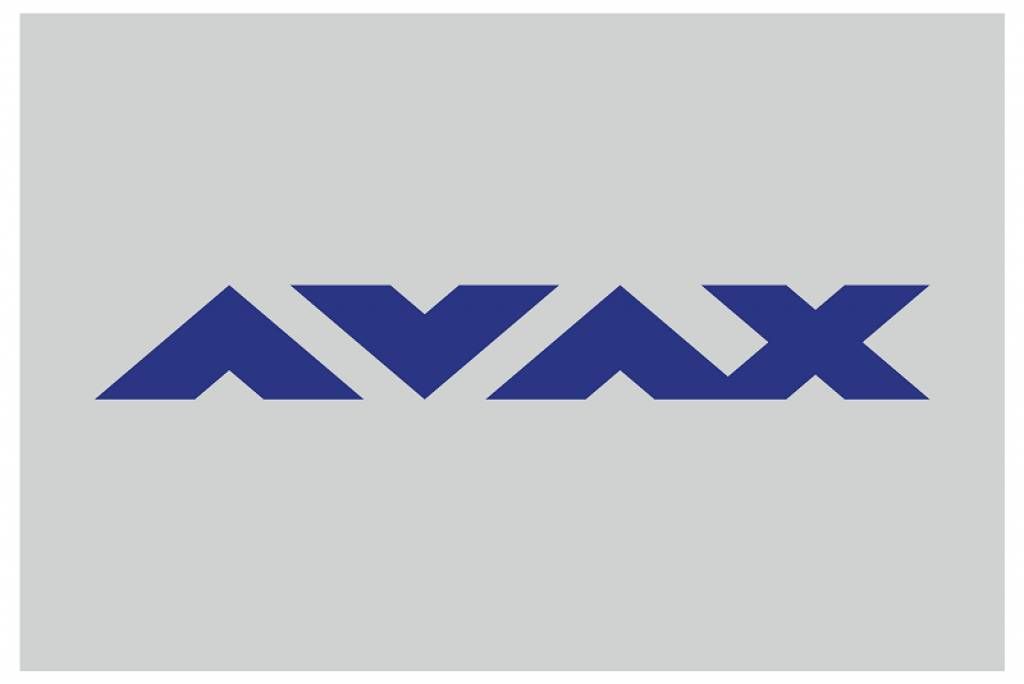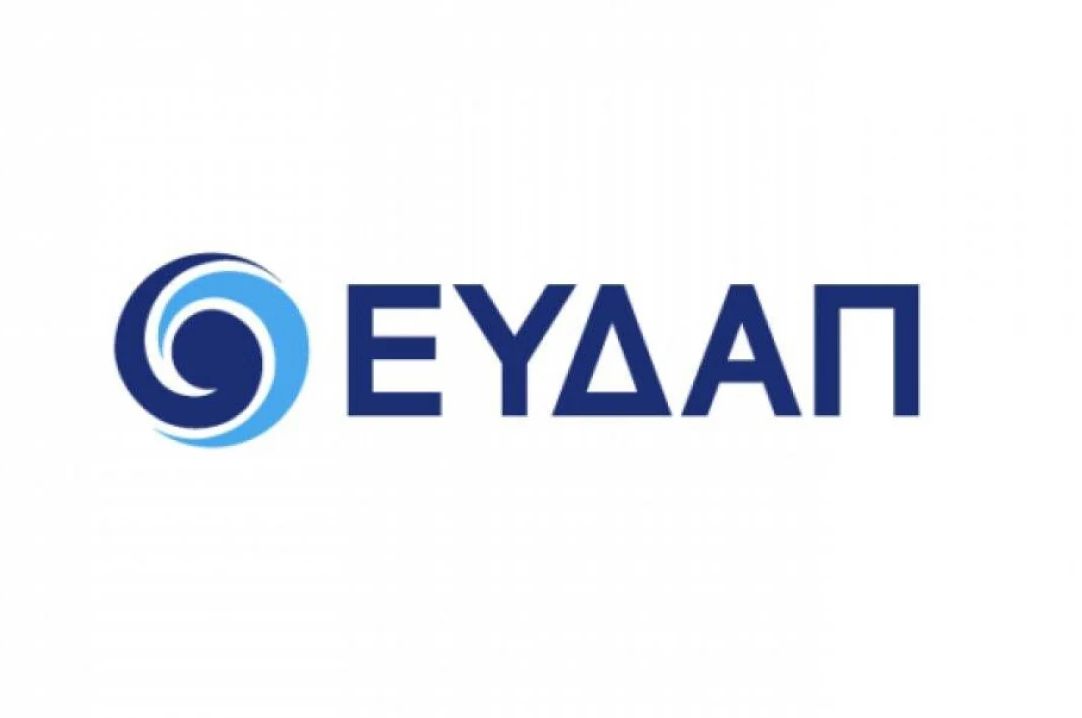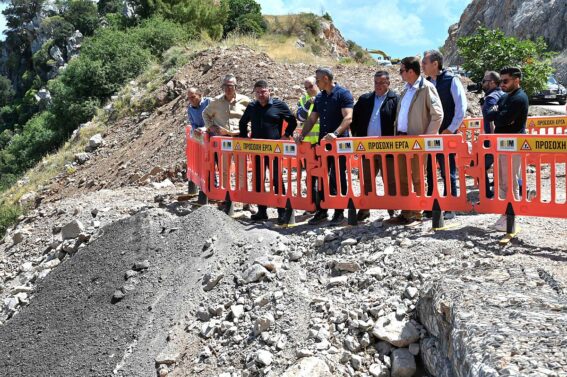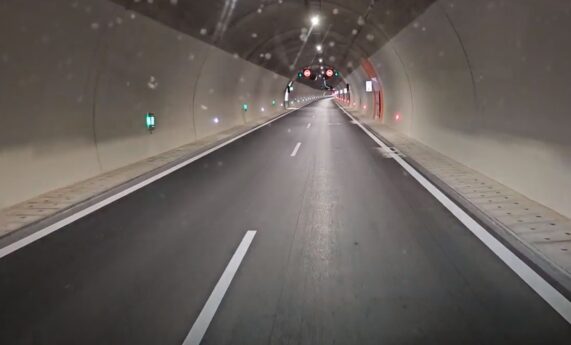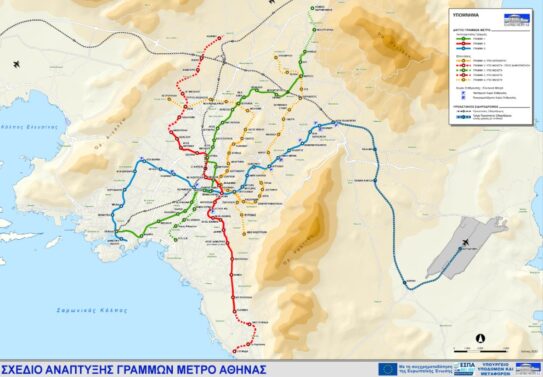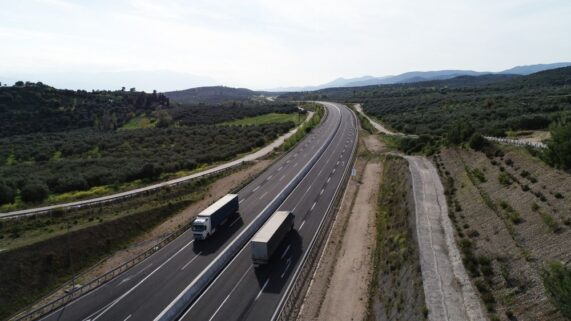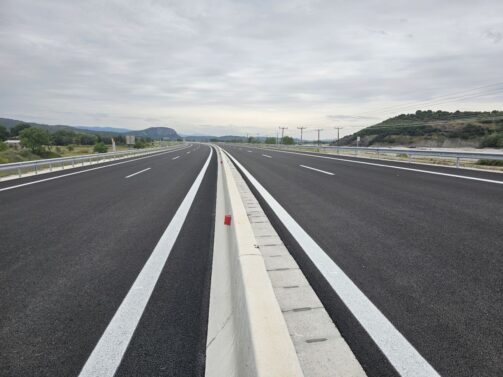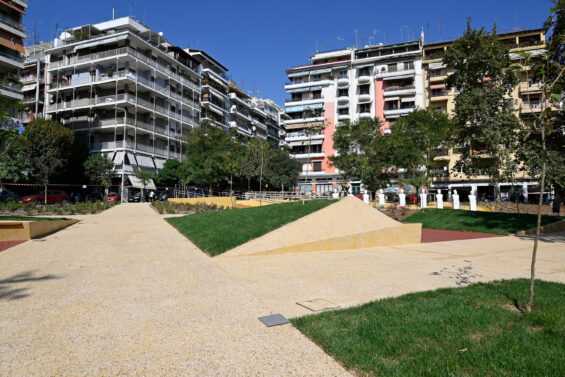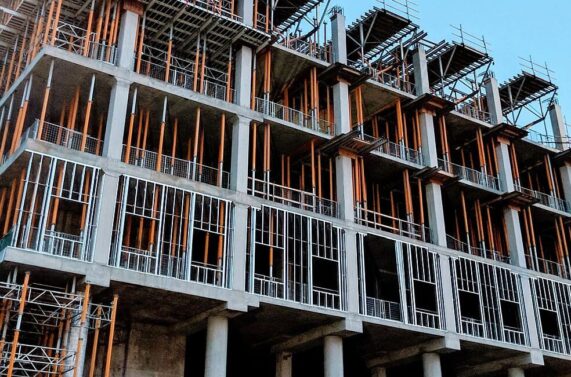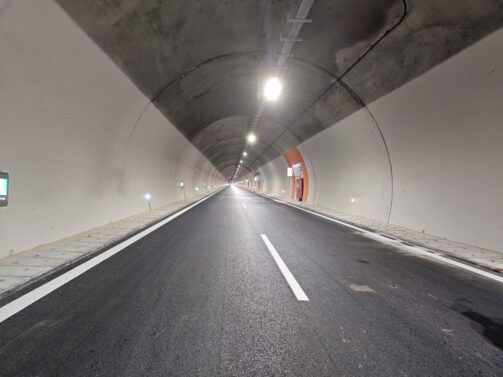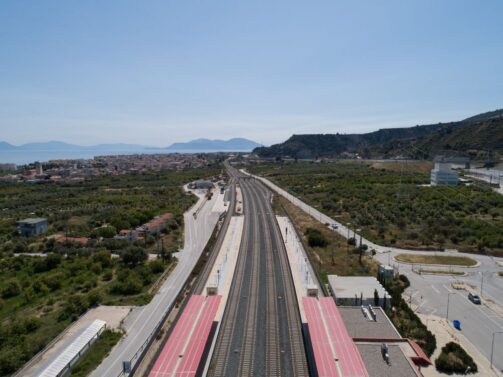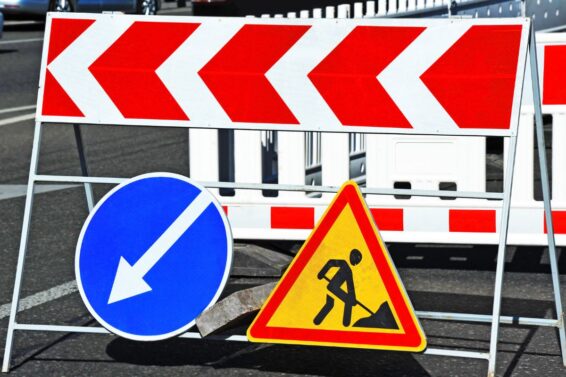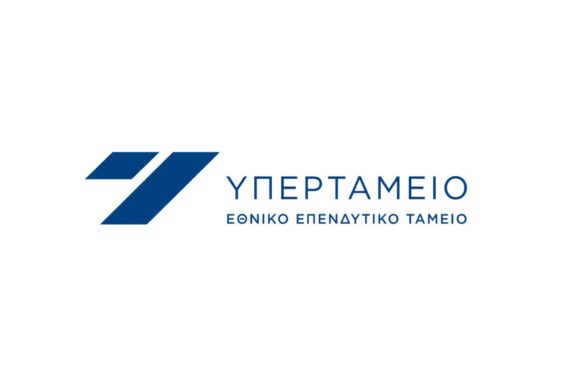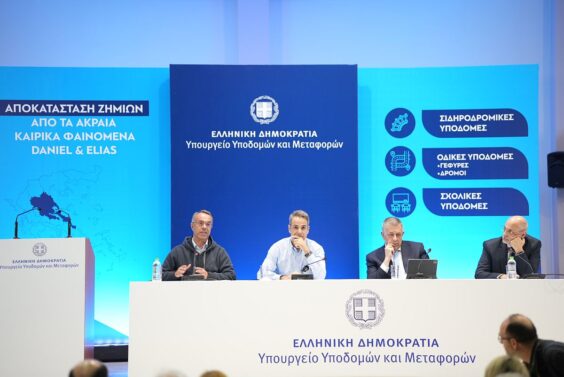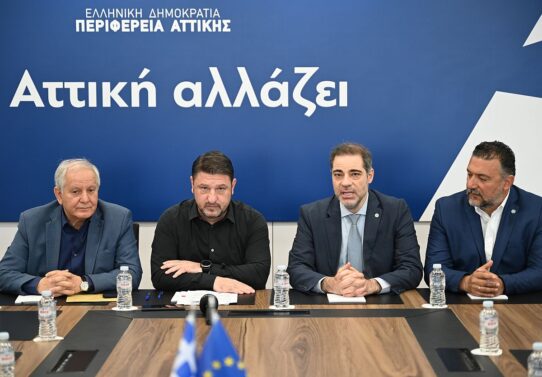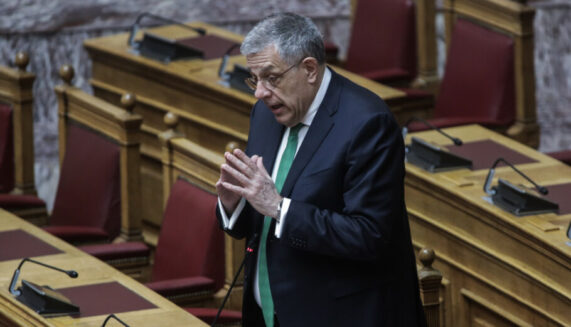The Athens Metro is seeking alternative funding methods to implement expansions and new lines in Athens. With Line 4 under construction and the extension of Line 2 to Ilioupoli in a bidding process, the Athens Metro has plans for eight expansions.
These projects will need to be included in European funding programs such as the European Structural and Investment Funds (ESIF) in order to proceed. This means that to see all these expansions implemented, it’s likely that we will reach 2050.
Moreover, the funds required for implementing all these expansions are likely to exceed 4 billion euros, which means they will need to be spread out over time to find resources and move towards funding.
At the same time, the traffic problem in Athens continues to worsen constantly, especially after 2021, with many main axes of the city as well as local axes in the suburbs showing signs of congestion during peak hours. Transport experts are always clear that one of the appropriate solutions to address traffic problems is the expansion of public transit systems (and public transportation in general).
This seems to have prompted the DEKO (Public Sector Enterprises) of the Ministry of Infrastructure and Transport to explore funding methods for expansions and new lines. A recent decision gave the green light for the direct assignment of the contract to conduct the preliminary study, which will provide initial indications of how the company can be financially mobilized.
PLANET is responsible for carrying out this particular study for 29,500 euros. The consulting-engineering company must complete the subject of the contract within three months of signing the relevant agreement.
What are the extensions being considered by the Athens Metro
The 8 extensions under consideration are divided into those that have already started maturation processes and those that are more future-oriented. More specifically, the extensions that are maturing at this time and are at different stages of prioritization are:
- The extension of line 2 towards Glyfada with 3 stations.
- The extension of line 4 westward towards Petroupoli with 6 stations.
- The new branch of line 1 from Thissio to Stavros Niarchos Foundation Cultural Center with 4 stations.
- The branch of line 4 (or the new line 5) from Evangelismos to PYRKAL with 3 stations.
- The extension of line 4 towards Marousi-Lykovrysi with 10 stations to the north.
- The undergrounding of line 1 in the section from Faliro to Piraeus.
- The further extension of line 2 from Agios Nikolaos to Menidi with 3 stations.
- The extension of line 1 from Kifisia to the Attiki Odos junction at Varybobi with 2 stations.
The goal is for the Metro Network to surpass 110 stations in Athens, and together with the under-construction line 4 and the extension of line 2 to Ilion, which is currently under tender, to add 50 new stations.
The extension is under tender, and financing is expected to be included in the NSRF (National Strategic Reference Framework) 2021-2027. The northern-western extension from Anthoupoli (Peristeri) to reach Agios Nikolaos station in Ilion has been prioritized as the first priority for the Ministry of Infrastructure and the Greek Metro.
The 3 stations, PALATIANI, ILION, and AGIOS NIKOLAOS, will create better conditions for urban transportation and connect the Metro network to the densely populated areas of Petroupoli, Ilion, and Kamatero. The tender for the competition was launched earlier this month. The project is expected to be financed by the NSRF 2021-2027.
In the southern region, the project for the final extension of the system to the centre of Glyfada is maturing with three stations: ANO GLYFADA, GR. LAMPRAKI, and GLYFADA. The terminal station is located at Agios Konstantinos Square in the commercial centre of Glyfada. As strange as it may seem, back in 2000, when the first segments of lines 2 and 3 were operational, the goal was for the system to be extended to Glyfada by 2006.
The extensions of line 4
The first section of line 4 from Alsos Veikou to Goudi, with 15 stations, has been under construction since June 2021. According to the timeline, it is expected to be operational by the end of the current decade. Expansions to Petroupoli, Lykovrysi, and PYRKAL are also now being considered in the planning of the Attiko Metro.
The extension from Alsos Veikou to Petroupoli, with six stations: NEA IONIA, PEYKAKIA, NEA FILADELFIA, PYRGOS VASILISSIS, ILION, PETROUPOLI, seems to be the priority. It will cover significant areas of northwestern Athens and connect line 4 with line 1 at Peykakia and with the Suburban Railway at Pyrgos Vasilissis. Initial studies are underway.
However, in terms of implementation, it appears that the new branch from Evangelismos to the planned Governmental Park at the former PYRKAL facilities is also being considered. The extension includes the stations of Pagkrati, Vyronas, and PYRKAL, and there is also consideration for a connection with line 2. Essentially, we are talking about a new line with some common stations with line 4, but the final approval will also determine the overall planning around this very interesting Metro line.
The largest expansion, however, will cover Kifisia, which increasingly resembles a car park.
Topographic studies for the extension of Line 4 towards the north. Through Kifisia, it will reach Marousi and from there, through Pefki and Lykovrysi, it will reach close to the National Road. The stations envisaged are KATECHAKI, FAROS, FILOTHEI, SIDERAS, OLYMPIC STADIUM, PARADISOS, OTE, MAROUSI, PEFKI, LYKOVRYSI.
This is a major expansion with 10 new stations that will complete the connection of the northern suburbs with the city’s Metro network.
For the first time, areas such as Pefki and Lykovrysi will be connected, and the metro will “touch” the Athens-Lamia National Road, where a large hub will be created for those travelling towards the city. These three projects currently require maturity.
The extensions of Line 1
However, as the new Attiko Metro map shows, the Ministry of Infrastructure and Attiko Metro plans still include three projects.
The first is the undergrounding of Line 1 from Faliro to Piraeus. The Municipality of Piraeus is requesting a major improvement in traffic connections with the port and surrounding areas. This also includes the addition of a station named KAMINIA. Studies need to be updated for the project included in the ESPA 2021-2027.
However, as indicated on the new Attiko Metro map, the Ministry of Infrastructure and Attiko Metro plans still include three projects.
The first project involves undergrounding Line 1 from Faliro to Piraeus. This is a significant request from the Municipality of Piraeus aiming to enhance traffic connectivity with the port and its adjacent areas. Additionally, it includes the establishment of a new station named KAMINIA. Studies need to be revised for the project, which has been incorporated into the ESPA 2021-2027.
Lastly, another expansion under consideration is the northern extension of Line 1 from Kifisia to Varybobi at the National Road junction. This extension holds significant importance as it is believed to potentially alleviate traffic congestion in Kifissia and provide access to the Metro network in the developing urban areas on the northern outskirts of Athens. Two stations are included: NEA ERYTHRAIA and VARIBOBI JUNCTION.
For more details and the complete article in Greek, click here
ΜΗΝ ΞΕΧΑΣΕΤΕ
- Ακολουθήστε το ypodomes.com στο Google News και μάθετε πρώτοι όλες τις ειδήσεις για τις υποδομές στην Ελλάδα
- Αν είστε επαγγελματίας του κλάδου, ακολουθήστε μας στο LinkedIn
- Εγγραφείτε στο Ypodomes Web TV

